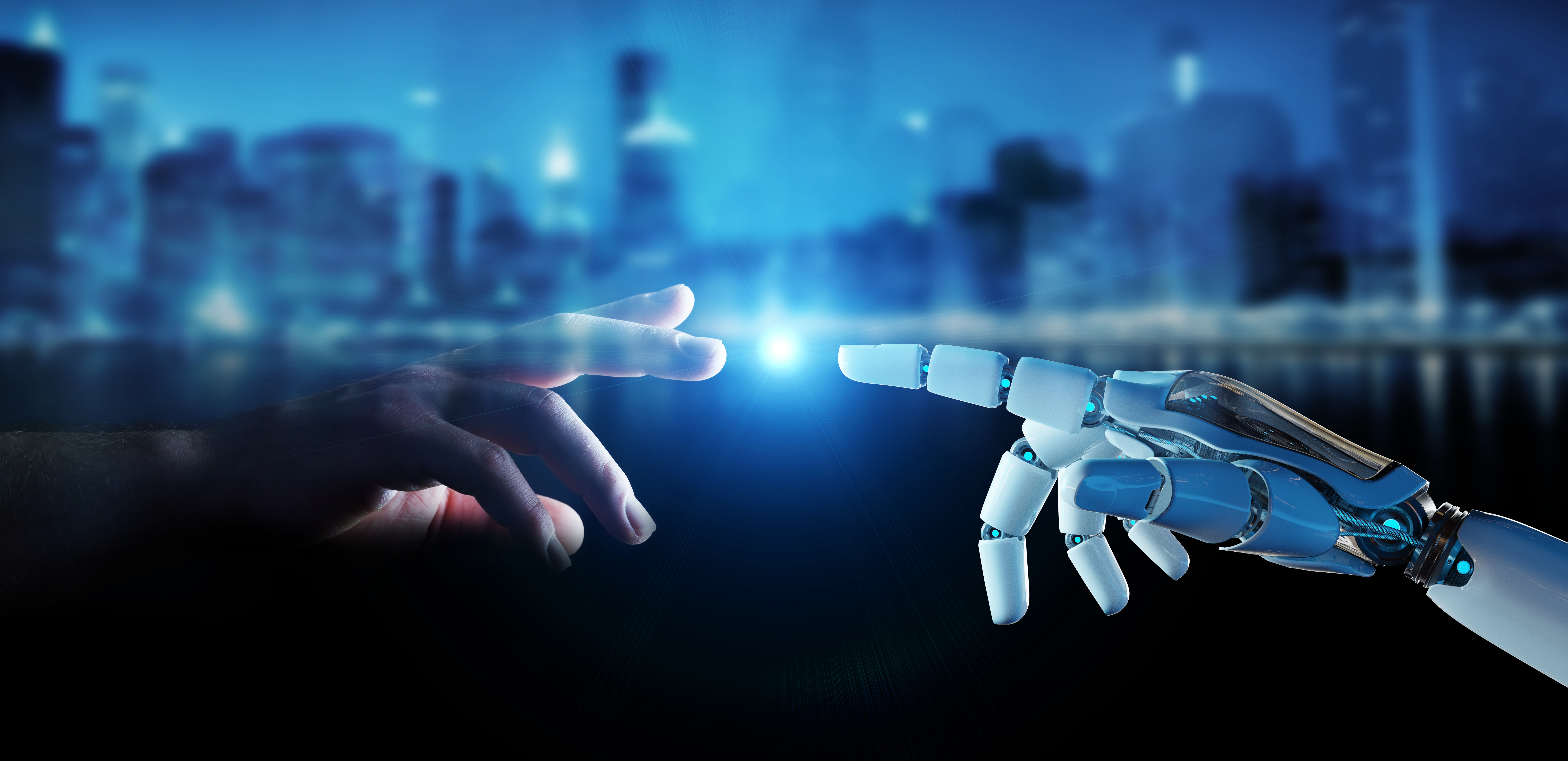Kerby Anderson
Two recent articles illustrate our uncertainty about the future of technology. One proclaims that “More than 70% of US fear robots taking over our lives.” Another is the special edition of Time that believes “Artificial Intelligence: The Future of Humankind.”
A recent Pew Research poll found that 72 percent of Americans “express wariness or concern about a world where machines perform any of the tasks done by humans.” That is more than double the number (33%) who were enthusiastic about the prospect.
Perhaps the best example of the discontinuity between experts and the general public is the possibility of driverless cars. There is broad agreement among proponents of the technology that it would be safer than cars driven by distracted, drunk, or sleepy drivers. The American public disagrees. The author of the report says that “People are not buying the safety argument about driverless vehicles.”
By contrast, the latest Time magazine special edition on artificial intelligence is quite sanguine about the possibilities of robots, computers, and machine intelligence. Each article explains the benefits to business, government, and the military. It explains how self-driving cars are safer and how we will enjoy various high-tech toys.
Near the end, it does provide a range of reactions to artificial intelligence. Ray Kurzweil believes A.I. will be achieved by 2029 and will be a great benefit to humans. By contrast, Stephen Hawking believes that A.I. could be the “biggest event in human history” but also warns it could be “the last, unless we learn how to avoid the risks.”
Those are wise words and a good reason to be asking important questions about the impact of the new technologies.
 Listen Online
Listen Online Watch Online
Watch Online Find a Station in Your Area
Find a Station in Your Area











 Listen Now
Listen Now Watch Online
Watch Online
